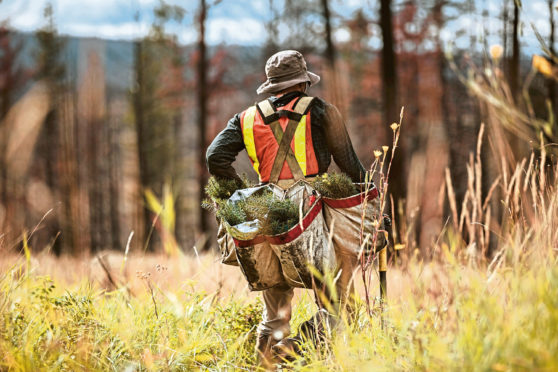The forestry market has grown steadily in the past 20 years, with values expected to be up by more than 25% in the past year, a leading expert claims.
James Adamson, head of UK forestry investment at Savills, said the market had enjoyed a sustained period of very positive prices, with average growth in values of 12% since 2012.
“In 2019 average values rose by 20% and in 2020 I think we will see a raise in average values in excess of 25%,” said Mr Adamson at a virtual Savills briefing.
“And good forestry properties have probably increased by 50% in value since the start of last year.”
He said average values were around £600 per acre in 2000, rising to £2,020 per acre in 2010 and up to £6,900 per acre in 2020.
“The environment has jumped to the top of the agenda and this has fed through to the value of land for planting,” added Mr Adamson.
“In 2019 various countries declared climate emergencies and that has driven a new interest in the sector.”
He said values for planting land were largely driven by the suitability of the land for growing trees .
Some land is too productive to take out of food production, for example, while other land is too high above sea level to grow trees.
However, Mr Adamson said the climate change emergency and using woodland for carbon offsetting had broadened the types of land suitable for planting.
“This allows us to look at pieces of land that were hitherto unattractive to planting (for commercial forestry),” Mr Adamson added.
On future market prospects, he said: “I think at some point things will flatten off, but I don’t see prices tumbling down any time soon.
“We need more trees but we just have to make sure that we plant them in the right place.
“Trees will pretty much grow anywhere in the UK up to 500m above sea level, but it does not mean it’s always appropriate.”
Meanwhile, Woodland Trust Scotland has launched a petition urging the Scottish Government to ensure at least 50% of all new tree plantings use native trees.
The charity’s public affairs manager, Arina Russell, said: “Currently around 40% of new planting in Scotland is with native trees.
“We would like to see this increased to at least 50% because native trees are more effective at capturing carbon when planted at scale and over a long period.”










